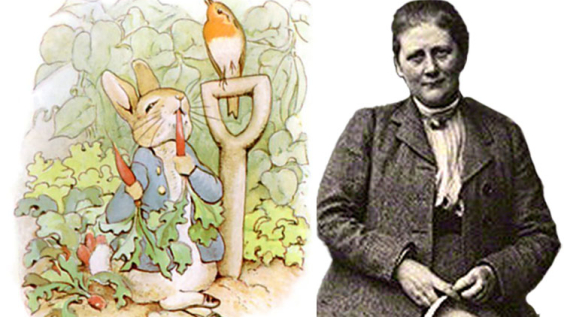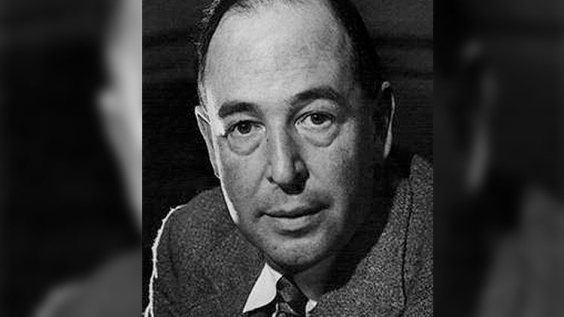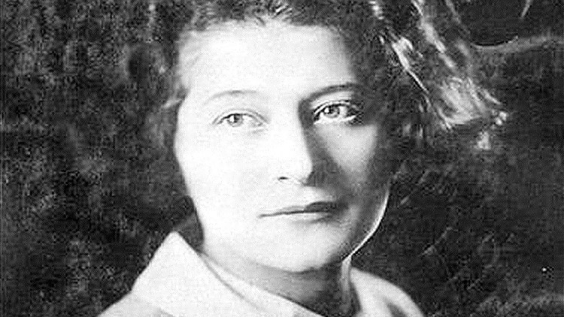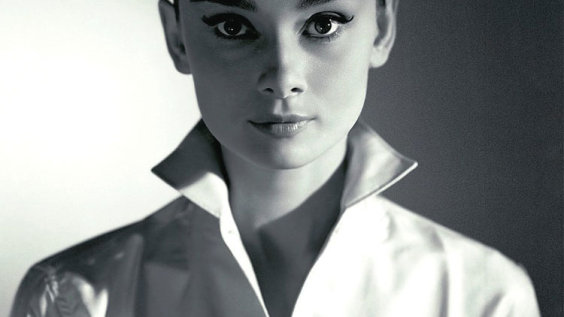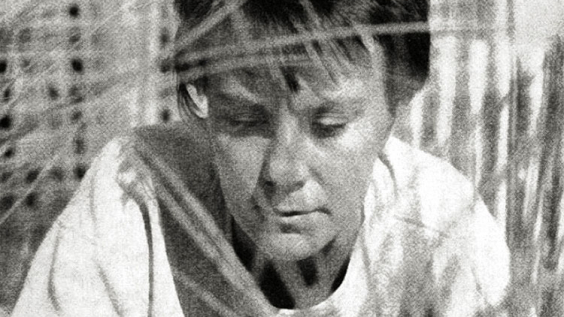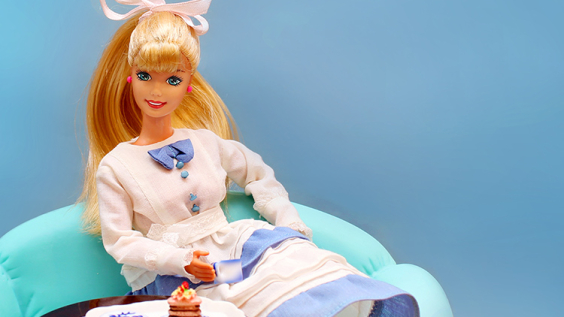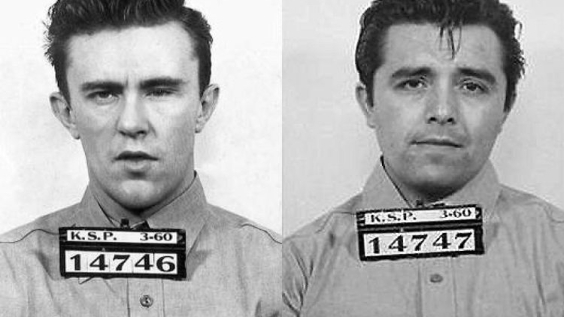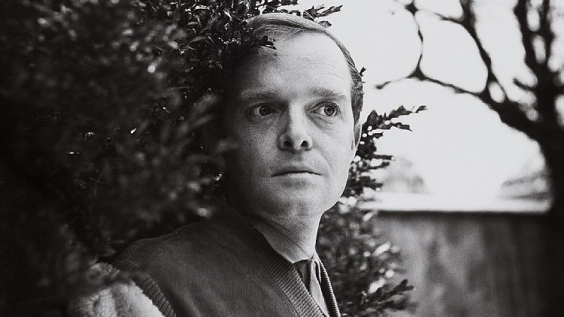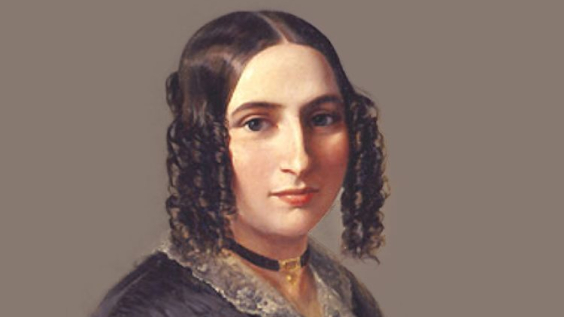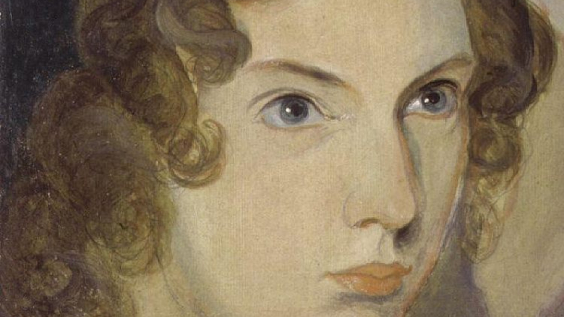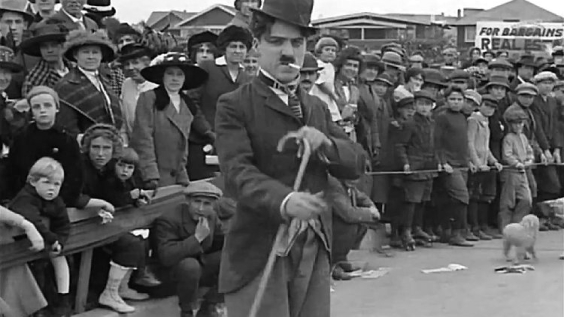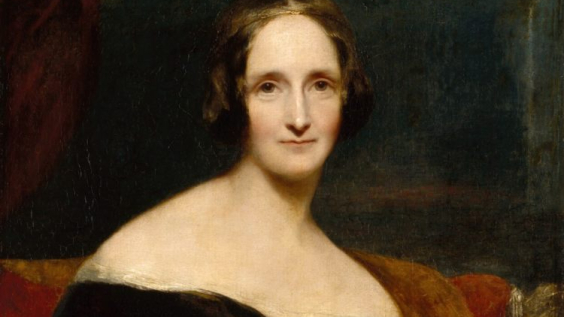
The Ambassadors is one of the most famous images of the Tudor age. It was created by Hans Holbein the Younger, perhaps the most accomplished portraitist of the 16th century. He was born in Augsburg in southern Germany, but spent two periods of his life in England, during 1526-1528 and 1532-1543.
During his second trip to England, he painted numerous portraits of the members of Henry VIII’s court including this double portrait. We know Holbein was working on it in 1533 as the year is marked beneath his signature. It was unusual for Holbein to sign his paintings – especially so elaborately – suggesting that he was particularly proud of this work.
But who is depicted in the painting and what is the symbolism behind the piece?
A year of turbulence
This was a time of immense religious upheaval in Europe. In 1533 – the year Holbein created this painting – Henry VIII bypassed papal authority, established the Church of England and married his second wife, Anne Boleyn. It was a monumental break of religious and political ties with Catholic Europe.
For Francis I, King of France, this was particularly concerning. He sent his ambassador, Jean de Dinteville to England, during which Dinteville attended Anne Boleyn’s coronation in June and was present for the birth of Princess Elizabeth in September.

Holbein was a master of rendering objects with meticulous detail and manipulating oil paint to create lifelike texture
Image Credit: Public Domain, via Wikimedia Commons
The dramatic events seemed to have taken a toll on the young ambassador. Letters from the time tell us that he was very unhappy, describing himself as “the most melancholy, weary and wearisome ambassador that was ever seen.”
However, he was much cheered up by the arrival of his friend, Georges de Selve, the Bishop of Lavaur, also on diplomatic business in London from April to June 1533.
It was during these months that Jean de Dinteville commissioned a double portrait of himself with his good friend. The result was Holbein’s magnificent painting, capturing Dintville on the left, and Selve on the right.
Both figures were in their twenties. Georges de Selve was just 24-years-old – the book on which he is leaning reads ‘aetatis suae 25’, meaning ‘he is in his 25th year’. The latin inscriptions on the scabbard of Dinteville’s sword, meanwhile, tell us he is 29 years of age.
Dinteville’s clothing here is particularly dazzling, betraying his important position in European diplomacy. The array of textures are expertly portrayed by Holbein. His pink satin tunic has a shimmering sheen which contrasts with the dense lynx fur lining of his black cape.
The gold tassels of Dinteville’s scabbard are textured with delicate threads. These were created using a gilding technique: Holbein painted each individual strand in brown, covered them with a layer of oil mordant and applied a layer of gold leaf.
Symbolism and hidden meaning
Whilst the portrait commemorates the friendship of two ambassadors, the objects on the table are riddled with symbolism.
The top shelf, covered in a Turkish carpet, contains objects relating to astronomy and the celestial world, emphasising the men’s understanding of mathematics and science. There is a celestial globe, a shepherd’s dial, a torquetum and a polyhedral dial (a type of sundial), among other expensive and rare devices.

Hans Holbein the Younger ‘The Ambassadors’
Image Credit: Hans Holbein the Younger, Public domain, via Wikimedia Commons
The lower shelf contains objects relating to earthly pursuits and study, many of which allude to political upheaval. The lute has a broken string, and its case is abandoned face down on the floor. The arithmetic book is wedged open on the page relating to mathematical division. One of the set of flutes is missing, suggesting a lack of harmony.
Furthermore, in the Lutheran hymn book, the hymns are open on ‘Come Holy Ghost’ and ‘The Ten Commandments’. These express sentiments of Christian unity, which is particularly stark in the context of the religious disunity of 1533.
The lower shelf also hints at Jean de Dinteville’s personal life. The terrestrial globe is positioned to show northern Europe, and Holbein marks out a small hamlet about 200 kilometres southeast of Paris, named Polisy. This was the location of Dinteville’s chateau, the Great Hall of which would be used to display the painting itself.
A master of his craft
The figures are situated in front of a luxurious green damask curtain, behind which, in the top left corner, is a crucifix – perhaps hinting at the hope of redemption in the resurrected Christ.
They stand on an ornate floor, similar to the medieval Cosmati pavement in the sanctuary of Westminster Abbey. But most peculiarly, on the floor appears to be a strange, elongated object between the men’s feet.
While it is impossible to make sense of this when viewing straight on, the viewer is required to move close to the canvas on the right-hand side. Only then, the image comes into perspective and reveals itself as an anamorphic human skull.
It is perhaps the most impressive part of the image, and this painting is a supreme display of Holbein’s technical skill. Not only was he a master of rendering objects with meticulous detail, manipulating oil paint and working with a variety of textures, Holbein could convey the complex political and religious situation through subtle visual motifs and symbolism. The result is a masterpiece.
 Watch Now
Watch Now


